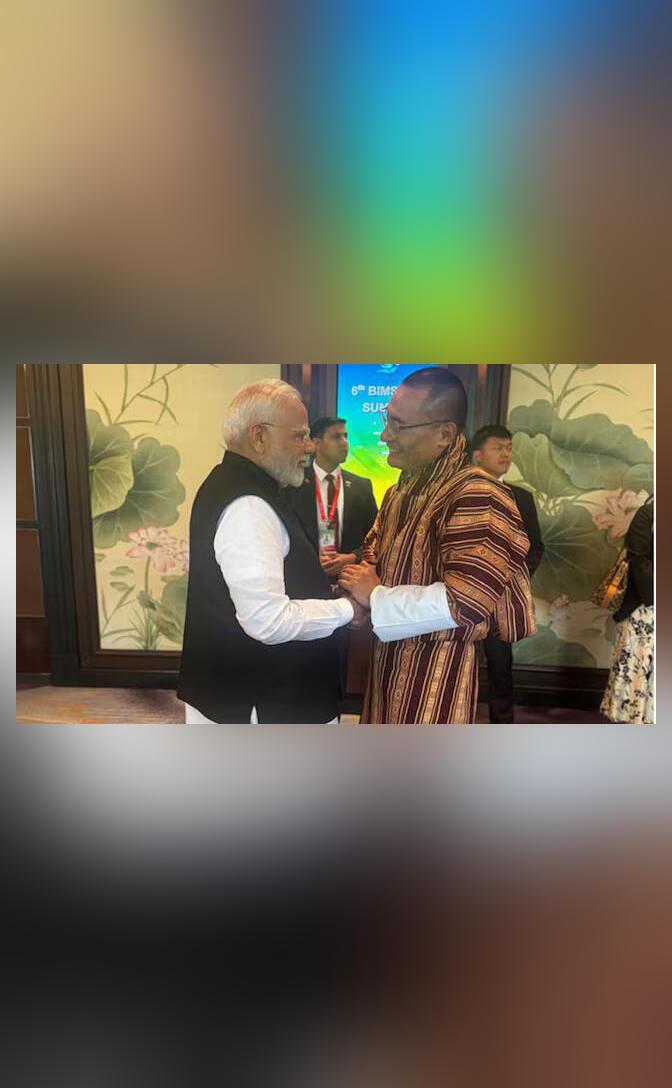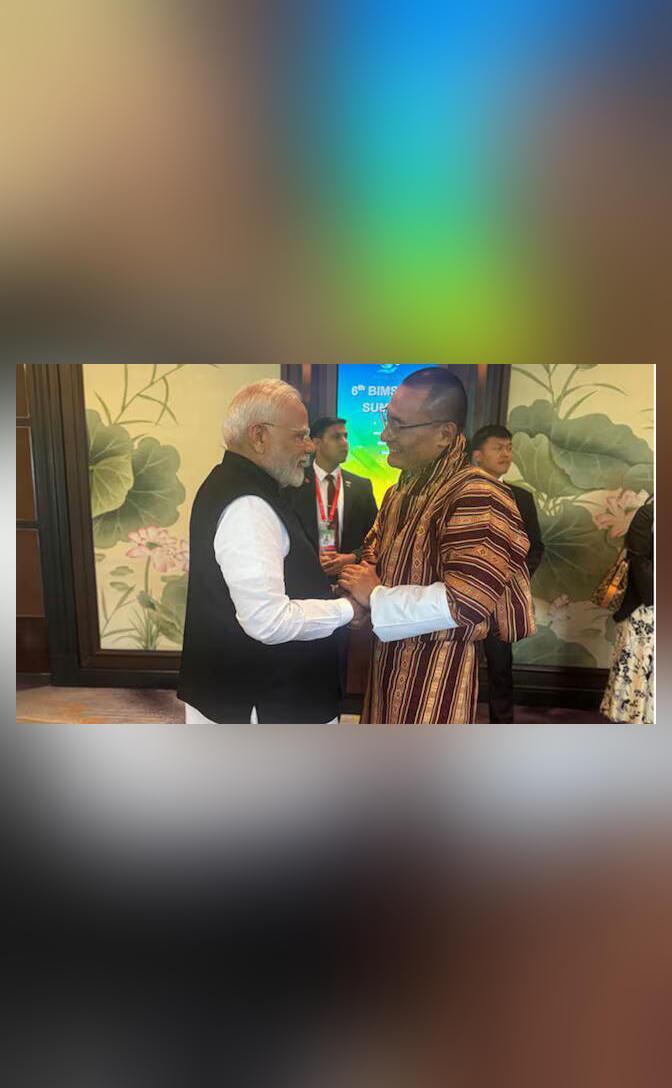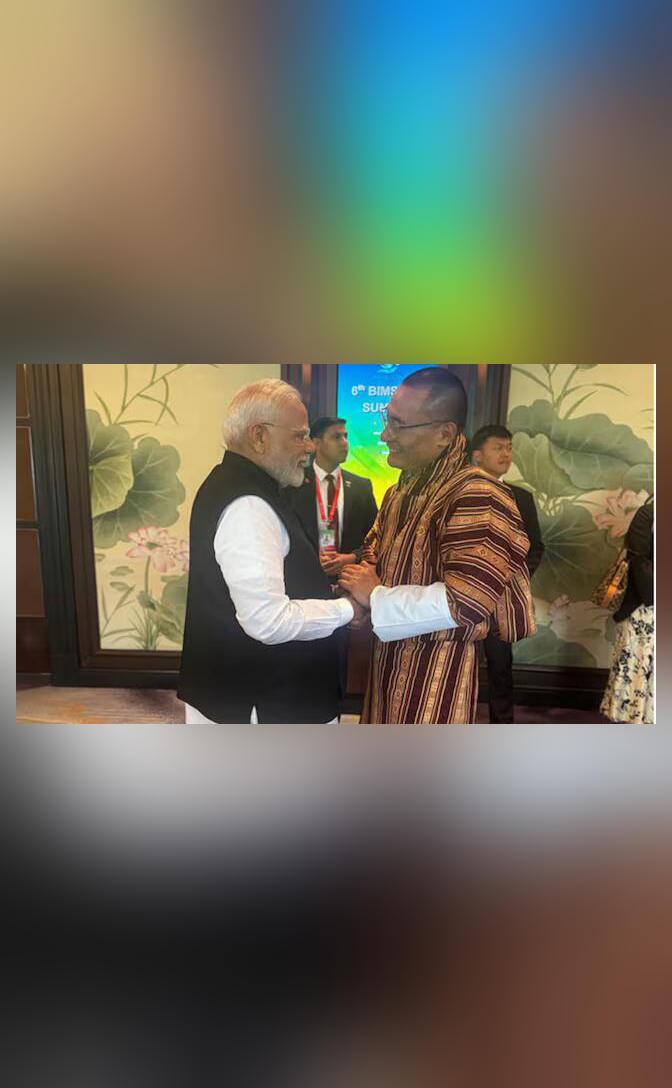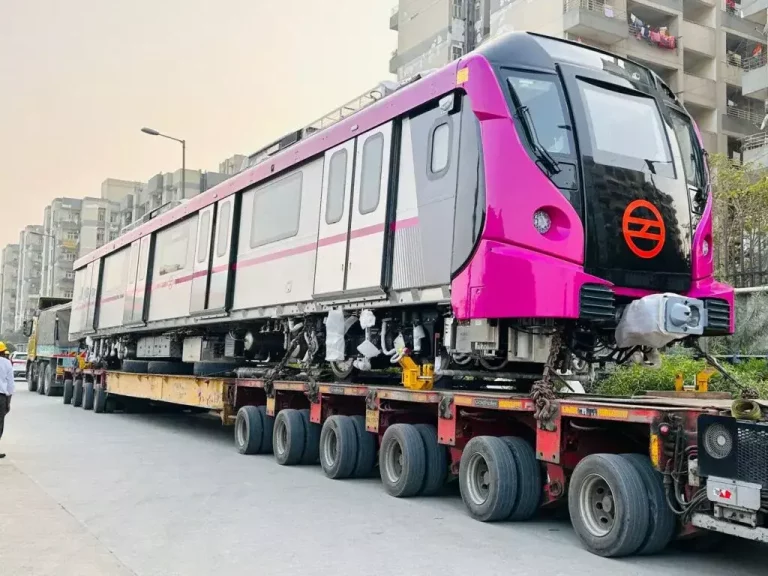AI-driven election: How AAP, BJP used deepfakes & misinformation
In the tumultuous world of digital politics, the 2025 Delhi elections saw a new dimension of political warfare unfold. Ahead of the polls, the ruling Aam Aadmi Party (AAP) and the opposition Bharatiya Janata Party (BJP) leveraged the latest technological advancements to shape their digital campaigns. In a bid to outdo each other, both parties turned to the realm of AI-driven deepfakes and misinformation, leaving voters bewildered and concerned.
The Election Commission of India (ECI) stepped in to address the issue, advising political parties to clearly label AI-generated content to prevent the spread of misinformation. But how did this AI-driven election unfold, and what does it portend for the future of digital political campaigns?
Deepfakes and viral misinformation
The AAP’s digital campaign, led by its IT Cell, took to social media platforms like Twitter, Facebook, and WhatsApp to spread AI-generated deepfakes and manipulated videos. These spoofs, designed to mimic the voices and appearances of BJP leaders, were used to discredit them and attack their policies. The AI-generated content was so convincing that it left many voters wondering if it was real or fabricated.
One such example was a video that appeared to show BJP leader, Manoj Tiwari, admitting to corruption. The video, which was widely shared on social media, was later revealed to be a deepfake created using AI technology. The AAP’s IT Cell claimed that the video was a “exposé” of the BJP’s corrupt practices, while the BJP branded it as “fake news” and a “tool of misinformation.”
BJP’s counterattack
The BJP, not one to be outdone, responded with its own brand of AI-driven propaganda. The party’s digital campaign team created AI-generated videos and audio clips that appeared to show AAP leaders making controversial statements. These clips were designed to damage the AAP’s reputation and undermine its popularity.
One such example was a video that purported to show AAP leader, Arvind Kejriwal, making a derogatory comment about the Indian National Congress. The video, which went viral on social media, was later revealed to be a deepfake created using AI technology.
Election Commission’s response
Concerned about the spread of misinformation and the impact it could have on the elections, the ECI stepped in to address the issue. In a statement, the commission advised political parties to clearly label AI-generated content to prevent the spread of misinformation.
“We have asked political parties to clearly label AI-generated content, including deepfakes and manipulated videos, to prevent the spread of misinformation,” said an ECI spokesperson. “We are also working with social media platforms to remove such content and prevent its spread.”
Consequences of AI-driven election
The 2025 Delhi elections serve as a stark reminder of the perils of AI-driven political campaigns. The use of deepfakes and misinformation has the potential to fundamentally alter the landscape of digital politics, leaving voters confused and disillusioned.
The consequences of such an AI-driven election are far-reaching. It can lead to a breakdown in trust between politicians and the public, as well as a decline in the credibility of digital political campaigns. Moreover, it can also lead to the spread of misinformation, which can have serious consequences for society as a whole.
Conclusion
The 2025 Delhi elections marked a new frontier in digital political warfare, with both the AAP and BJP leveraging AI technology to shape their campaigns. While the ECI’s response was timely and effective, it is imperative that political parties and social media platforms take proactive measures to prevent the spread of misinformation.
In the future, it is essential that digital political campaigns prioritize transparency, accountability, and fact-checking to prevent the spread of misinformation. Only then can we ensure that digital politics remains a force for good, rather than a tool for manipulation and deceit.
Source:




